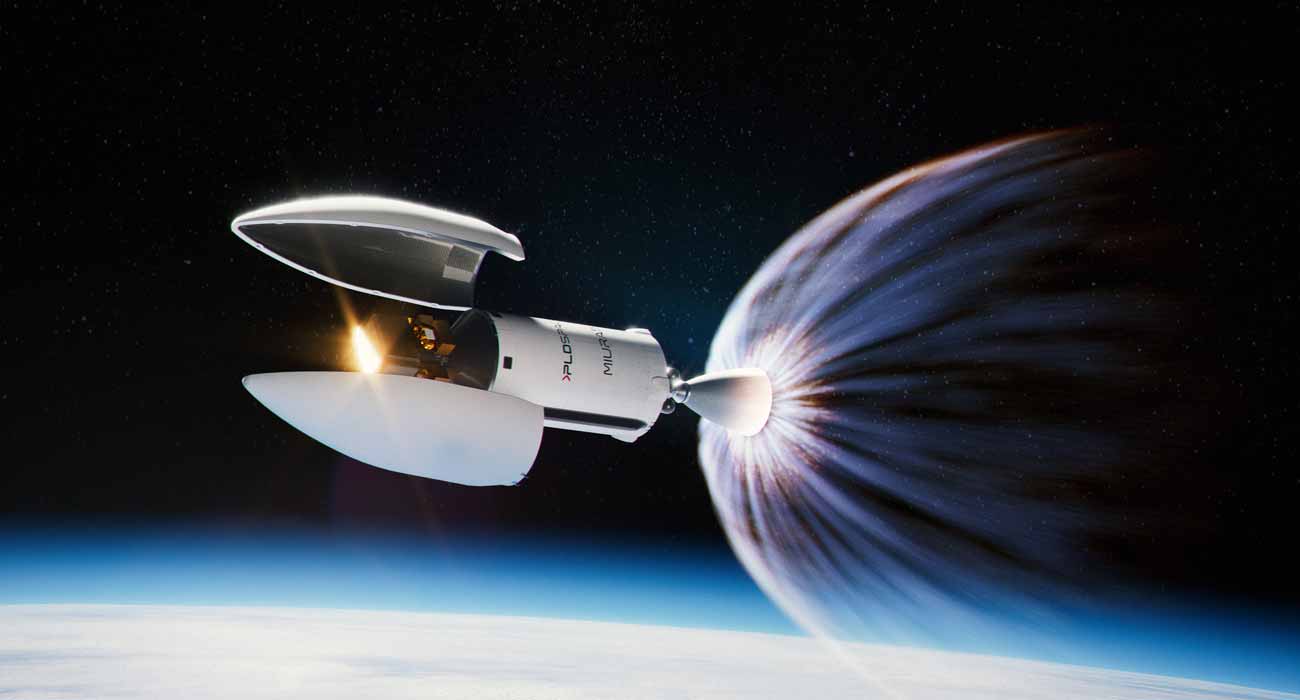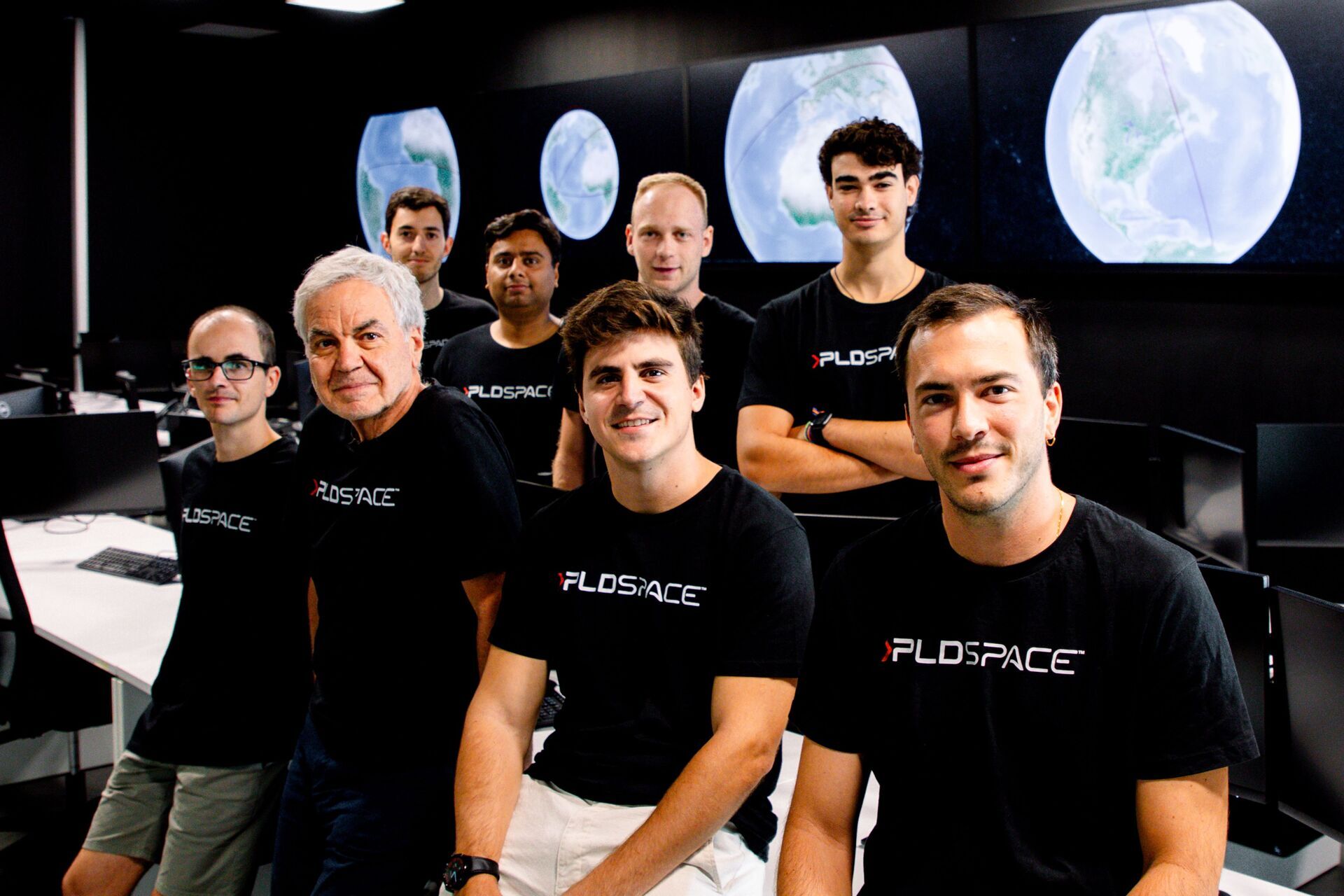- PLD Space has been awarded its first Guidance, Navigation and Control (GNC) contract with ESA to develop HALCÓN, a hybrid navigation software for reusable rockets.
- The HALCÓN project will combine inertial measurement unit (IMU) data with GNSS signals for high-precision rocket launch and landing.
- Co-financed by ESA and PLD Space, the contract is valued at nearly 1 million euros and aligns with the NAVISP/Element 2 programme.
- This technology aims to boost European autonomy in space access, improve safety, and lower costs for the next generation of launch vehicles like MIURA 5 and MIURA Next.

PLD Space, the Spanish aerospace company based in Elche, has taken a significant step into the European space technology arena with the announcement of its first Guidance, Navigation and Control (GNC) contract granted by the European Space Agency (ESA). This new agreement, coordinated through the European Space Research and Technology Centre (ESTEC), involves the development of HALCÓN, an advanced hybrid navigation system specifically designed for reusable launchers.
With this contract, PLD Space is positioned to strengthen its role in the European and international launch market. The collaboration falls under NAVISP/Element 2, an ESA initiative aimed at driving progress in Positioning, Navigation and Timing (PNT) technologies across Europe. The HALCÓN project receives a total budget of close to €1 million, co-funded 50/50 by the ESA and the company itself, with PLD Space retaining the development’s intellectual property.
The new HALCÓN system (an acronym for Hybridization Algorithms and Low-cost Components for Optimized Navigation) is designed to deliver centimetre-level accuracy in positioning. By fusing data from inertial measurement units (IMUs) with signals from global navigation satellite systems (GNSS) such as Galileo and GPS, the system aims to ensure precise navigation capabilities not only during rocket launches but also throughout controlled landings.
Traditional navigation systems that relied solely on IMUs have struggled with high costs, limited accessibility, and reduced accuracy in prolonged spaceflight operations. By integrating GNSS signals into its proprietary system, PLD Space intends to offer a more affordable, reliable, and accurate alternative. This technology will be essential for the operation and recovery of reusable vehicles like MIURA 5 and future platforms such as MIURA Next, a key requirement for advancing the reusability of European launchers.
Strategic Importance for European Space Autonomy
The development of HALCÓN comes at a critical moment for the European space sector, as there is a growing need for greater autonomy in access to space and advanced navigation technologies. According to Raúl Verdú, co-founder and Director of Business Development at PLD Space, the project serves as a strategic milestone for the company and the continent: “Thanks to ESA’s support, we are now able to sharpen our landing maneuvers, decrease our reliance on external solutions, and work toward the future introduction of autonomous flight termination technologies in Europe.”
The initiative is also expected to pave the way for the implementation of a European Autonomous Flight Termination System (AFTS), boosting not just safety but also mission flexibility for complex launch scenarios. Currently, such systems are not in use on the continent, so HALCÓN lays the technological foundation to address this gap.
Supported by European and National Innovation Programmes

The project’s selection followed a Spanish NAVISP call issued in November 2024 by the Spanish Space Agency (AEE) together with ESA. The call sought innovative proposals in the PNT field from companies nationwide and PLD Space’s HALCÓN was highlighted for its strong technical competitiveness, its alignment with current market demand, and the robustness of its commercialization strategy.
The HALCÓN system will use Commercial Off-The-Shelf (COTS) components to keep development costs down compared to traditional high-end solutions. The aim is to make space launches more affordable and sustainable, positioning Spain and Europe at the forefront of next-generation launcher technology.
Pathway to Future Launch Vehicle Reusability
Engineering and development work for HALCÓN will be carried out entirely by PLD Space’s technical team, with ongoing support and oversight from ESA experts. The navigation system will become a pillar of the company’s roadmap towards operational autonomy and launcher reusability by 2030, reflecting broader industry trends for increased flexibility and cost efficiency.
Through its work on HALCÓN, PLD Space is not only addressing immediate challenges in launcher navigation but also helping shape the future of European space access. The project represents a forward-looking shift in the continent’s approach to reusable launchers, aiming to combine safety, precision, and commercial competitiveness with cutting-edge technological solutions.